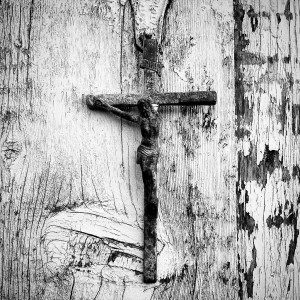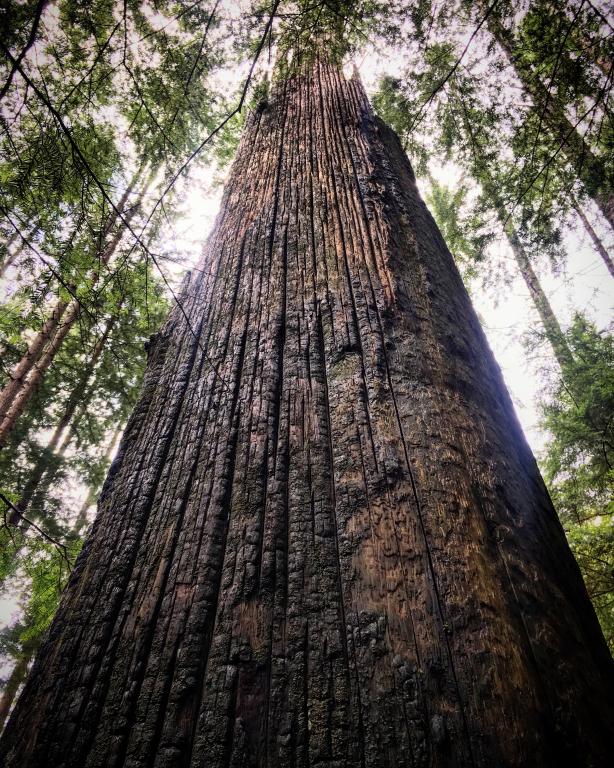
I am no scholar of Near Eastern history or geography, but in popular representations of the political geography of First Century Palestine, it seems like there were at least four major ways of being. I assume there were many more, but these four were at least the major players:
The Sadducees: A sect that was mostly comprised of upper class elites who mediated between the Jewish people and the Roman Empire domestically and internationally. Sadducees also ran most of the temple rituals and sacrifices and administered the Sanhedrin (the council that enforced Jewish laws), though the Pharisees and others also participated to some extent in these institutions as well. They came to an end when the Temple was destroyed by the Romans in 70 CE.
The Pharisees: This sect of Second Temple Judaism was often in conflict with the Sadducees over the Hellenization of Judaism, temple ritual, and whether to include the oral teachings in the Torah. Pharisees emphasized strict adherence to the Law of Moses.
The Zealots: The Zealots were the revolutionaries. They were seeking to organize an armed resistance against the Romans, to throw off the shackles of tyranny.
The Essenes: The Essenes were a separatist sect that fled to the desert to seek God in a communal religious society. They had common rituals involving water and ate a scant vegan diet. They awaited the coming of the Messiah and lived according to a strict ethical code.
Now, as someone who takes issues of social justice and ecology seriously, I have often had conversations about the best approach to broad societal change in the face of growing inequality, climate change and poverty. Once while reading about New Testament history, it occurred to me that there are parallels between contemporary activist solutions and these Jewish sects as I understand them.
Main Stream Environmentalism: These mostly mainstream liberals tend to work for the large nonprofits. They want to stay close to government institutions and corporations through their coalitions and lobbyists. They won’t hesitate to bring on corporate sponsorship as an asset to taking the message to a global audience, and not turning people off. Even if they are forced to compromise their positions, a seat at the table is better than a spot on the curb.
Green Living Boosters: These obsessive light switchers will try to recycle just about anything. They compost. They bike everywhere. They bring their own Tupperware. You know the ones. They only eat certified organic, shade grown, humane, fair trade, ethical all natural fill in the blank. They aspire to a fully off grid homestead in a gentrified part of town, or maybe a tiny house on a farm. And if you don’t, watch out. These Pharisees of the movement find their redemption in keeping to a strict standard of ethical personal and consumer choices in the hope that they will win converts and thus change the world one compostable plastic fork at a time.
Revolutionaries: These Ivory Gutter anarchists are ready for a fight, but won’t lift a finger until the historical conditions present themselves for authentic, radical change. Reform, compromise, and social democracy are all cop outs. You don’t compromise with Empire. Meanwhile they dine on dumpster-diven food and throw rocks as cops during protests. These are the earth firsters and the tree sitters and the monkey wrenchers.
Back to the Landers: This group comes and goes every decade or so since the days of Thoreau and later Scott Nearing. They want to leave their lives in the city for a rural self-reliant existence in the country or wilderness. The Essenes of the movement seek purity outside of society that seeks to build the new society in the shell of the old. These are the hippy communes or the Ecovillages or Intentional Community types. The ones who always admired the Amish for their communal spirit, but then go to Burning Man and drop acid.
Now, I am being unfair to each group. But that’s only because I love them all. I see myself in each one. Enter Yeshua, a poor first century carpenter turned preacher. After I realized that there existed this rough parallel, I asked myself, which of these paths did he take? In many ways Jesus embodies the best of each path. Some scholars see Jesus as a reformed Pharisee preaching an even stricter interpretation of the law (Matthew 5:28, anyone who looks at a woman lustfully has already committed adultery with her in his heart). He also spent a lot of time at the temple, and really cared what happened in the institution. He was so angry that he drove people out of the temple for exchanging money and selling sacrifice fodder. I am not sure that made him an honorary Sadducee, but still. He also spent a lot of time in the desert and on the land, especially in Mark’s telling. His parables are rich in agrarian imagery. There are some who even suggest that Jesus spent time with the Essences before he started preaching. (There are also those who say he studied with Buddhists, but that that doesn’t make it true). He also flirted with violence and revolution. In Martin Scorsese’s telling of Last Temptation of Christ, Judas the Zealot betrays Jesus as a way to get him to follow through on his threat to bring the sword (Matthew 10:34). In the final hours of his life, as he marches into Jerusalem as a triumphant king, many believed he came to start a revolution but chickens out. Others would call Jesus one of the first Non violent activists.
Now, I am not making a scholar case for any of the above, I am just drawing parallels. So when we bicker and argue about what the right way forward is, I think we should ask what would Jesus do? We need the big NGOs, we need to radicals, we need the communes and experimentalists, as do we need time in solitude. We also need to find ways to transform our own lives so as to in the famous words of Gandhi: “Be the change you wish to see in the world.”
So when Jesus says “I am the Way” in John 14:6, perhaps we can see this as a rejection of the insistence on a single path. Jesus is the way which is made up of all ways and the way forward is many ways at once.












